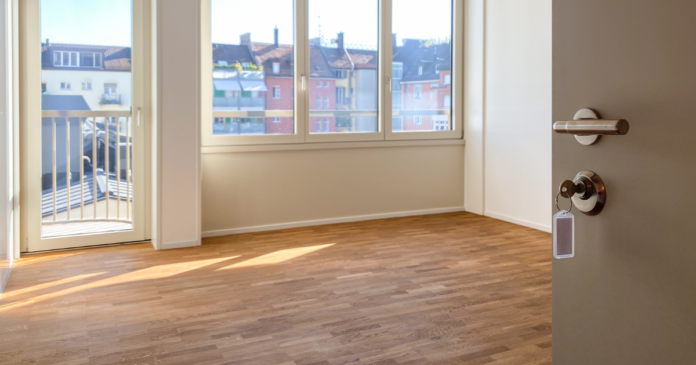Housing prices in the Philippines have reached unprecedented levels in recent years, particularly in urban areas like Metro Manila. While this trend created opportunities for investors, it posed significant challenges for many aspiring homeowners.
The surge was driven by a complex interplay of economic growth, foreign investment, and infrastructure development, making it essential to understand the forces behind the rising costs.
One major driver was the economic environment, characterized by low interest rates set by the Bangko Sentral ng Pilipinas (BSP). These rates, which determine the cost of borrowing money, made mortgage loans more affordable for many Filipinos.
Coupled with strong economic growth and rising incomes, particularly among the middle class, this environment enabled more people to enter the real estate market.
Many families also leveraged record-high remittances from Overseas Filipino Workers (OFWs), channeling these funds into property investments, which were perceived as stable and rewarding assets.
The rapid urbanization of the country further fueled demand. Infrastructure projects such as the Metro Manila Subway and new expressways increased the value of properties near business districts. Urban centers like Makati and Bonifacio Global City (BGC) became prime locations for condominiums and other residential developments.
Developers capitalized on this trend by catering to professionals and families who sought the convenience and accessibility of living near their workplaces.
Foreign investment also played a significant role, particularly during the period when Philippine Offshore Gaming Operators (POGOs) were thriving. These operators attracted a large number of Chinese nationals who either rented or purchased high-end properties in Metro Manila.
This demand significantly drove up prices in key areas, creating a ripple effect throughout the market.
After the COVID-19 pandemic, the government introduced measures to stimulate the economy, further bolstering the real estate market. Developers launched flexible payment schemes, and banks relaxed lending rules, making housing loans more accessible.
These efforts aimed to sustain momentum in the sector despite global economic uncertainties.
While the surge in housing prices highlighted the resilience and appeal of the Philippine real estate market, it also underscored issues of affordability.
For many Filipinos, owning a home remained a challenge despite the booming economy. By understanding the factors that contributed to the surge, stakeholders can better navigate the complexities of the housing market and plan for more sustainable growth.



